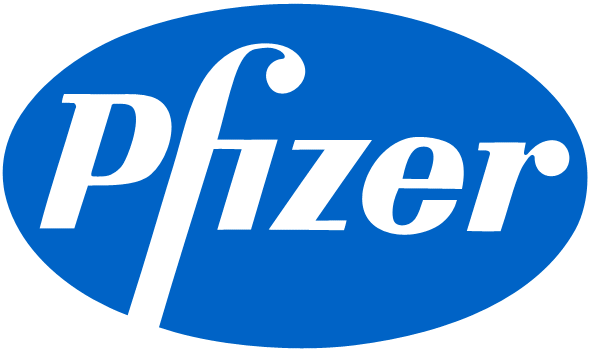
Cerus Corporation (NASDAQ:CERS) and Pfizer Inc. (NYSE:PFE) are both gaining strength heading into the end of the week in the biotechnology space on the back of a couple of fresh data releases.
Here’s what the data from each showed and what it means going forward.
Cerus Corporation
This one is rooted in a phase III trial that Cerus set up to investigate Intercept-treated red blood cells (RBCs) in a target indication of thalassemia. Thalassemia is an inherited blood disorder in which the body makes an abnormal form of hemoglobin. As a result, red blood cells are destroyed in large numbers. Red blood cells are required for transporting oxygen around the body and low levels can lead to anemia.
In patients with thalassemia, the impact is often so pronounced that it will lead to severe anemia. It can be a very serious condition if gone untreated.
This isn’t a condition with no treatment however. The standard of care therapy is an infusion of healthy red blood cells through a blood transfusion. The existing treatment though is inherently risky. The body will often attack the infusion cells causing complications.
Cerus has created Intercept-treated RBCs, which are designed to limit the response of the host’s immune system to the infused cells and, in turn, are designed to reduce the risk of the treatment that these patients have to undergo.
The latest trial was set up to show exactly that. Essentially that Cerus’ RBCs are less risky than standard of care, untreated RBCs. That, and that it could raise the level of red blood cells post-infusion to the same degree as standard treatment can.
The results look pretty good.
The primary efficacy endpoint used a non-inferiority design to assess up to a 15% relative difference in the mean consumption of hemoglobin between the two types of treatments. The safety endpoints included the incidence of treatment-emergent antibodies with confirmed specificity to INTERCEPT-treated RBCs, the incidence of antibodies to red blood cell alloantigens, the incidence of adverse events, and the incidence of transfusion reactions.
All of these endpoints, both safety and efficacy, were hit, in a grand slam for the company.
On the back of the news, the company gained just shy of 16% and is up a further percentage point ahead of the market open on Thursday.
What’s next?
Cerus expects to submit a CE mark submission at some point during the second half of this year, paving the way for an early 2018 approval.
Pfizer
Pfizer just put out data from a comparative safety and efficacy trial PF-05280586, which the company is investigating for the first-line treatment of patients with CD20-positive, low tumor burden, follicular lymphoma.
It’s a biosimilar asset, with the asset it’s trying to mimic and compete with being Rituxan. Rituxan is a drug that targets this indication as a first line, standard of care therapy and that is currently marketed and sold by Roche.
These sorts of biosimilar drugs don’t need to show that they are superior to the existing asset, as might be the case in a standard drug development program. Instead, they are set up to show non-inferiority, which is basically a term used to express the idea that the investigative asset can produce at least the same treatment effect as, while maintaining or improving on the safety and tolerability profile of, the drug it’s trying to mimic.
And as per the latest release from Pfizer, that seems to be the case here.
The trial demonstrated equivalence in overall response rate (ORR) for the first-line treatment of patients in this follicular lymphoma indication and, at the same time, didn’t turn out any major safety or tolerability concerns outside of those expected for this sort of treatment and in this type of cancer.
Rituxan generates around $7.7 billion for Roche annually (numbers true as of 2016) but its patent is set to expire before the end of this year.
If Pfizer can capitalize on this opportunity, it could be a real bonus for the company’s top line and markets are responding in line with this potential. The company is up a percentage point post-announcement, which doesn’t sound like a lot but when you consider that Pfizer currently has a market capitalization of more than $220 billion, a percentage point move is a strong shift.
If you enjoyed this article, check out this one: Here’s What’s Moving Amarin Corporation and Puma Biotechnology




